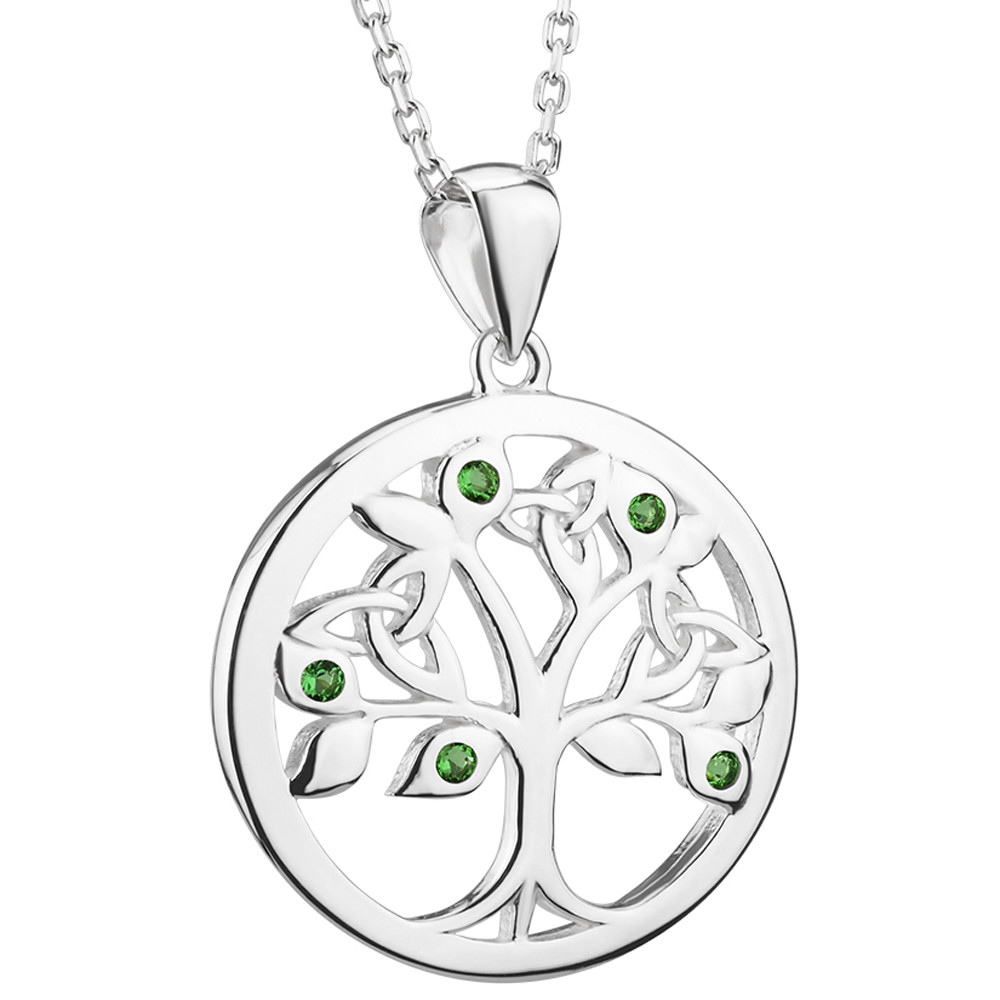As the trees bud and unfurl their leaves this spring, it’s nice to know that our Celtic ancestors loved them deeply. Long before Earth Day, they saw trees as more than sources of wood, shade and fruit. This island was once 80% forest, and the people saw specific qualities in different types of trees. Trees were rich in meaning. The tree of life is a beloved motif on Irish gifts and a profound symbol representing infinity and the connection between all living things. It has endured because trees do speak to many of us, touching our souls with far more than their practical uses.
Behon Law was the legal framework of pre-Christian Ireland. It was a detailed and complex system of rules and penalties for violating them that organized people as well as trees into various groups. The laws were quite progressive and sophisticated, and they included serious penalties for harming trees.
Our ancestors grouped trees into four categories: nobles, commoners, lower divisions and brushes. The penalties for harming trees depended on their category. Oak, hazel, holly, ash, yew, crab apple and Scots pine were all classed as nobles, and the penalty for cutting one down was two and a half milk cows. (Presumably culprits cut down more than one tree at a time.) Rowan, elm, hawthorn and willow were among the commoners, while blackthorn, whitebeam and aspen were in the lower division.
What Trees Meant
The ancient Celts believed that each of the most important trees had special properties. Oak was most majestic. They associated it with wisdom and believed it was favored by the faeries. Hazel was also associated with wisdom and known as the tree of knowledge. Its nuts were an important food source in winter. Today, ash is valued to make hurls, but our ancestors used it to mark important places. Our story telling ability is one of our most famous Irish gifts, and ash trees star in many Irish legends.
Rowan, they believed, protected the home and the cows. It was known as the druid’s tree, although druids are also associated with oak. Faeries used hawthorn trees as their meeting places, and it was extremely bad luck to cut one down. The legal penalty was less than for cutting a noble tree, but our ancestors believed the faeries would take their own revenge. In places, roads were diverted around hawthorn trees to avoid damaging them. While today, images of faeries are charming in various Irish gifts, our ancestors saw them as capable of both joy and menace.
Today, we know much more about the science of how trees benefit the planet’s health. In many places, including Ireland, people are striving to planet more trees to absorb carbon and prevent soil erosion. Our Celtic ancestors would be pleased with this. They might not have had the detailed understanding of environmental science that we do today, but they well understood that trees were essential to life. If you are planting any trees this spring, know that as you place their roots into the ground you are also honoring your own roots.

